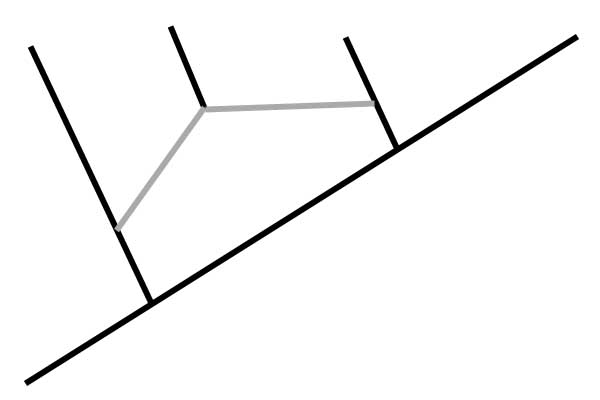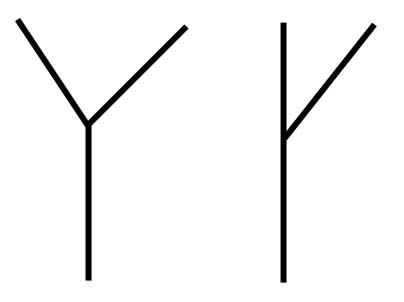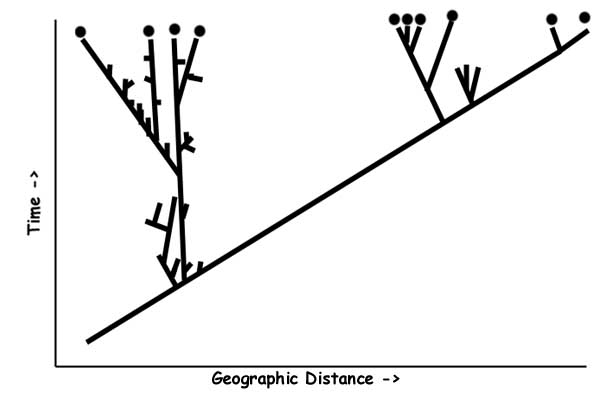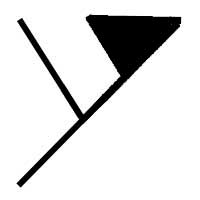A group of organisms that have begotten each other as ancestor
and descendant (either as individuals or as a group) along a continuum
of time are called a LINEAGE.
A lineage that is made up of an ancestor and ALL of its descendants
is called a CLADE.
Clados is latin for branch.
When a new branch forms in PHYLOGENY the process is called CLADOGENESIS
A PHYLOGENY is the actual history of cladogenesis in a clade.
A CLADOGRAM is a schematic representation of the phylogeny.
Evolution operates at many scales.

Lineages can change over time or they can split. Lineage splitting
is cladogenesis, simple change over time without splitting is called ANAGENESIS.
The two processes are intertwined and often confused with each other.
When you look atthe phylogeny of a group, you are almost certainly observing
both.
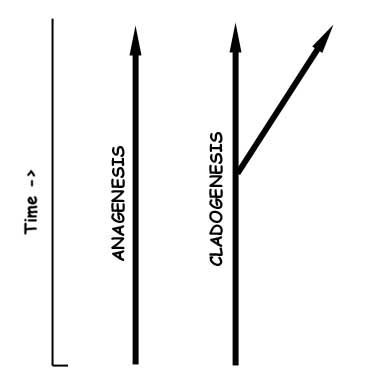
When Cladogenesis occurs at the appropriate scale, we call it SPECIATION.
Here is a Glossary that might help with definitions
When Cladogenesis occurs at the appropriate scale, we call it Speciation. Anagenesis can result in speciation as well but the evidence is often much more subtle.
In Systematics we are concerned with the relationships within and among
CLADES.
Given that a Clade is a monophyletic group by definition, the smallest
clade must be the minimal monophyletic group.
*******
A SPECIES is the minimum diagnosable and defensible
clade
That means that it is the minimum clade that you can find that you can diagnose or recognize by the presence some characteristic and that does not force another similar clade to be incomplete.
(this is essentially the definition of Baum, D. A., and M. J. Donoghue. 1995. Choosing among alternative "phylogenetic" species concepts. Systematic Botany, 20(4):560-573)
********
Species are real entities. They represent the point at which CLADOGENESIS
occurs. This is the point at which the cohesiveness within a lineage
(usually maintained through interbreeding) is broken and a branch takes
on a new evolutionary direction independant of its previous connection
with another species in the clade.
In order for a SPECIATION EVENT (or cladogenesis) to happen, some form of isolation must occur. This can be as big as the movement of two continents splitting one species into two, or as subtle as a mutation occuring within an individual that prevents it from breeding but still allows it (or even helps it) to reproduce asexually (e.g. some polyploid events).
What was once represented as a single line on the cladogram, now splits into two. Here is an example of a species that can't swim. Its populations are divided by the raising of water levels over a large geographic area.
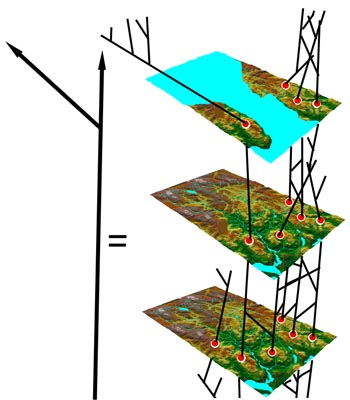
Of course, over time, what starts out as a species can diversify and become a genus which can diversify and become a family and so on.... or it can go extinct or create hybrids with other species.
GENE FLOW
HYBRIDS and RETICULATION
Generally interbreeding is the cohesive force that maintains a species.
It also sometimes complicates the picture after speciation.
